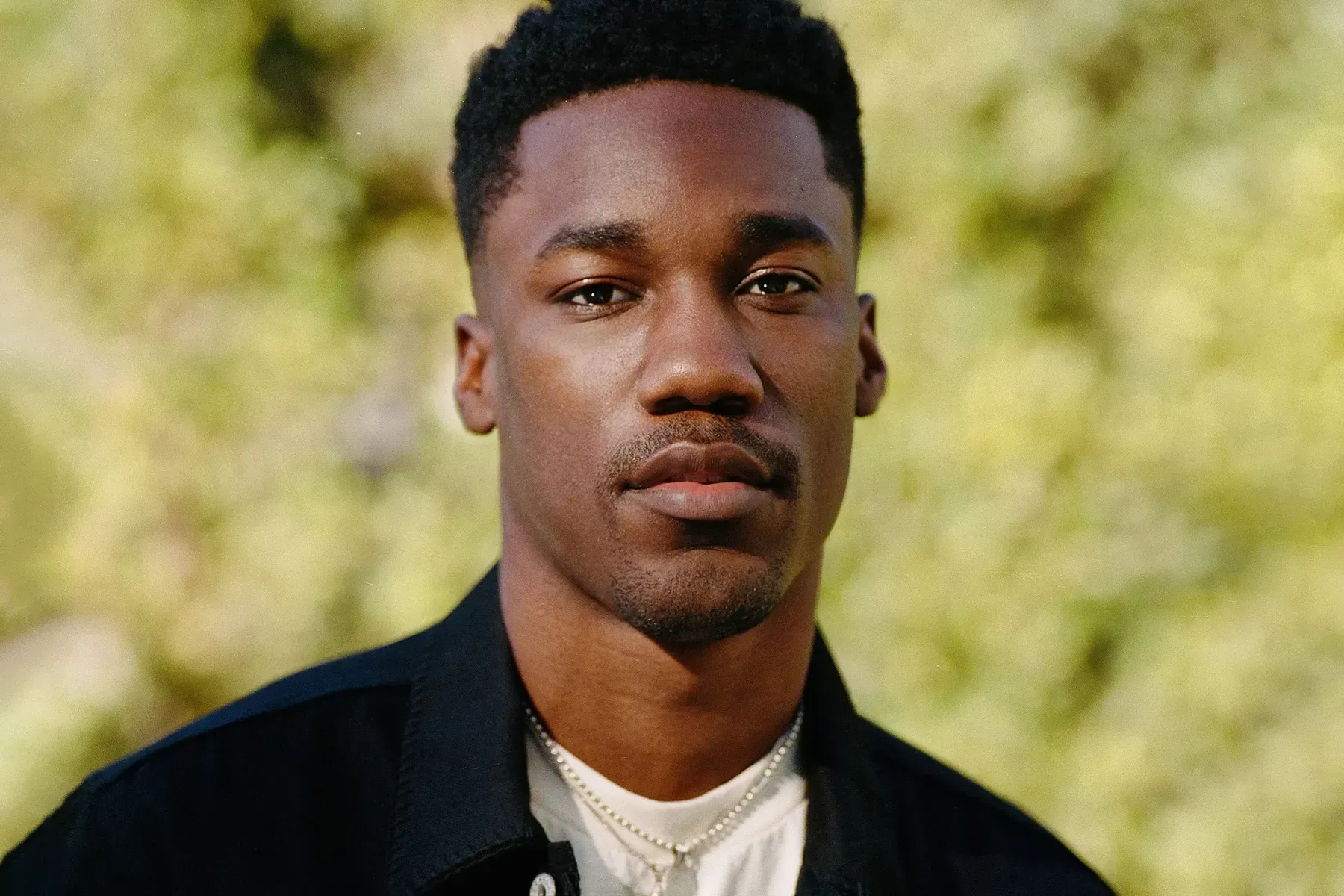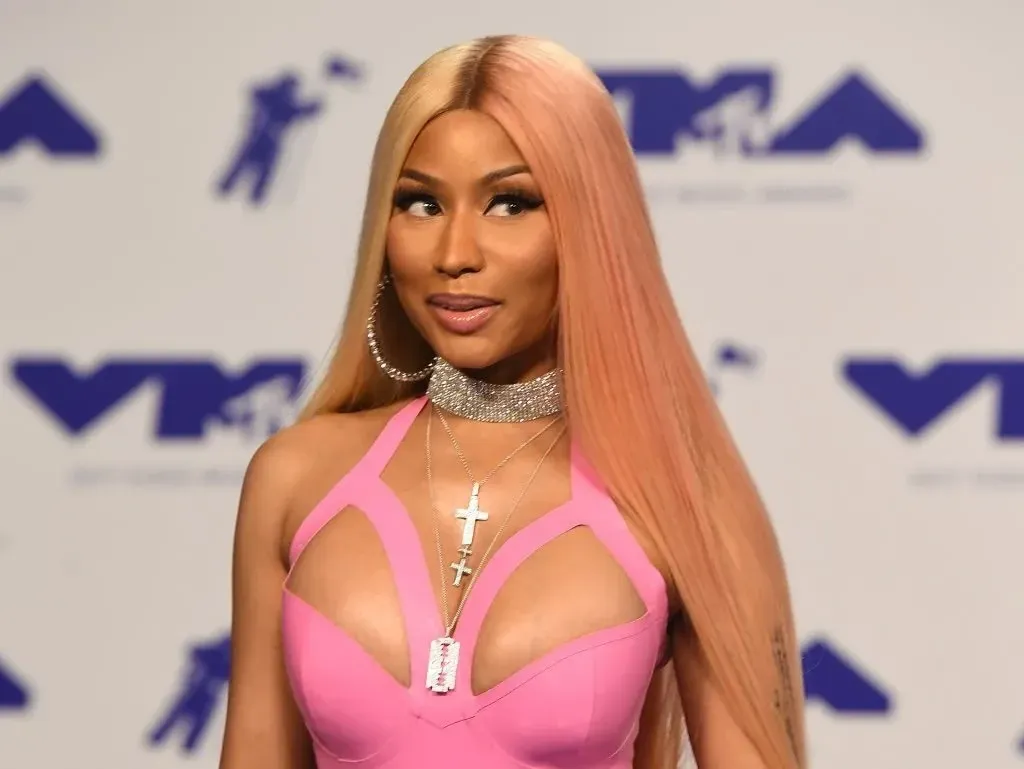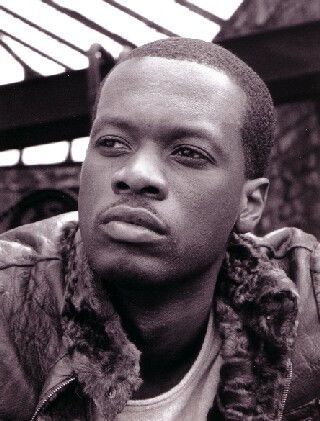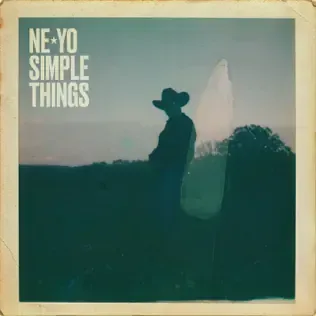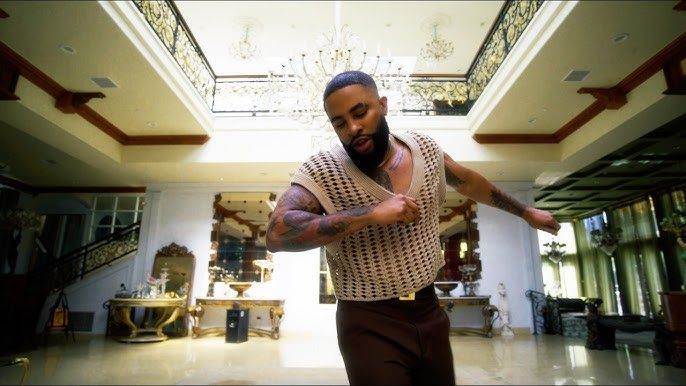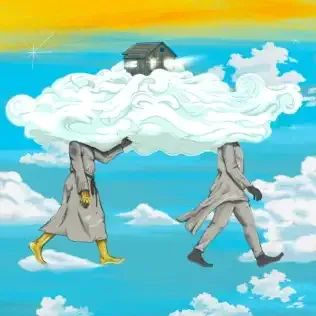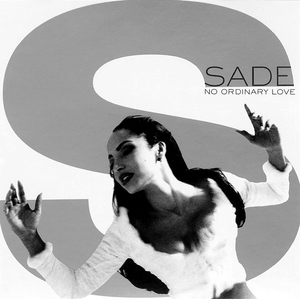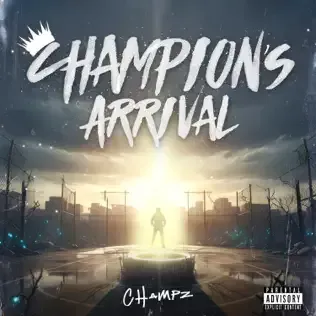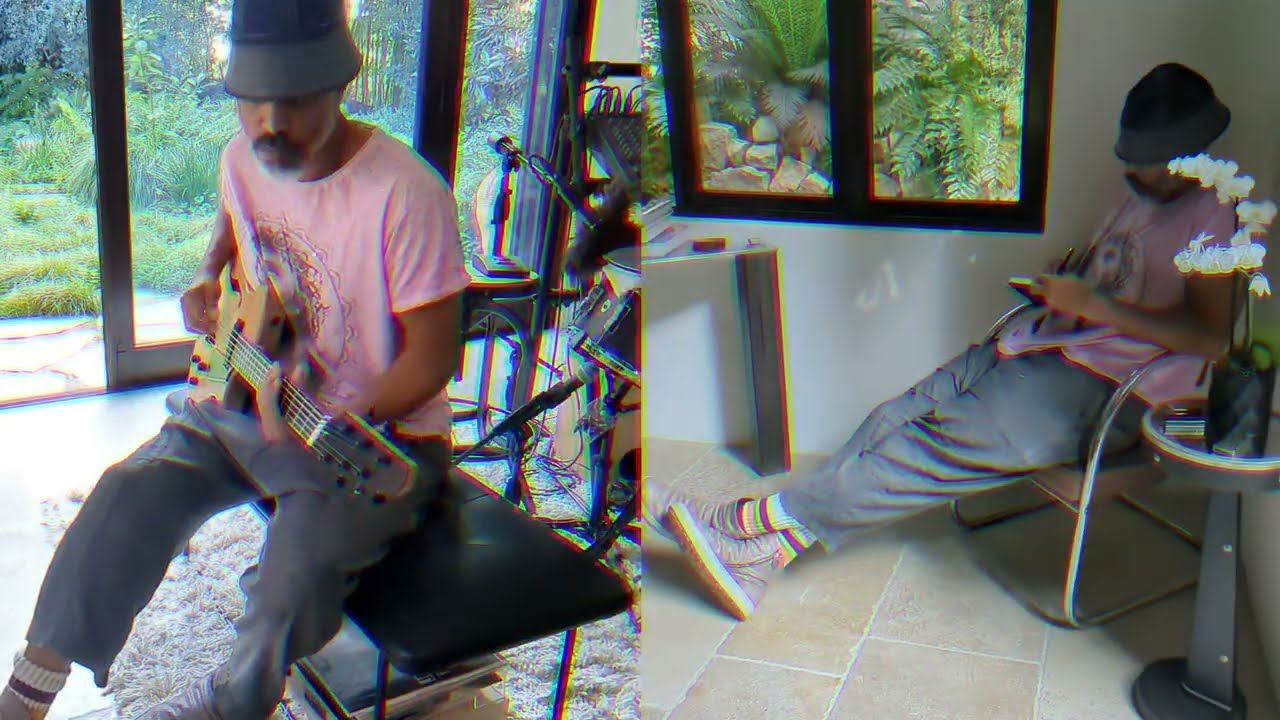By Status Ain't Hood Staff
•
November 21, 2025
This Throwback Thursday, we’re diving into Sade’s 1992 classic “No Ordinary Love,” a song that cemented its place as one of the most evocative and meticulously crafted R&B slow burns of the era. Upon release, critics praised its cool sophistication and emotional depth. Billboard’s Larry Flick lauded Sade’s “famously smoky voice” floating over a spare but sensual arrangement, while Entertainment Weekly called it a surge of emotion from music’s “high priestess of understated cool.” Critics across the board, from The Guardian to Music & Media, celebrated the hypnotic beats, languid groove, and subtle guitar flourishes that elevated the track into something both stylish and deeply affecting. Over the decades, “No Ordinary Love” has only grown in stature. Retrospective reviews describe it as intoxicating, intimate, and devastating in its portrayal of elusive love. Albumism praised its haunting intro, while The Guardian called the song a pinnacle of Sade’s opulent sound design on Love Deluxe. Vulture ranked it second among all Sade tracks, noting how it blurs the line between flawless romance and heartbreak, wrapped in deep-sea synths and an almost accusatory guitar. Its worldwide chart success mirrored the acclaim, landing top-20 placements in multiple countries and climbing several U.S. Billboard charts, eventually becoming one of Sade’s most recognizable hits. The song’s legacy continues to resonate through its award wins, iconic music video, and enduring cultural influence. Directed by Sophie Muller, the video’s imagery of Sade as a mermaid-turned-bride searching for a lost love became an unforgettable visual companion to the track’s emotional depth. “No Ordinary Love” went on to earn a Grammy, multiple ASCAP and BMI awards, and spots on prestigious best-of lists from Complex, Spin, Pitchfork, and Rolling Stone. More than thirty years later, the song remains what its title promises—no ordinary love song, but a timeless masterpiece that still captivates the heart.
